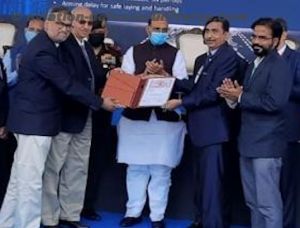U.S. – Philippines military exercises are longstanding, “purely defensive” and intended to maintain force readiness and preserve regional security, a U.S. State Department spokesperson stated on Saturday.
The spokesperson was responding in an email to a request for comment after China’s defence ministry urged Manila on Friday to withdraw U.S. Typhon intermediate-range missiles.
The Typhon launchers, part of a U.S. drive to amass an arsenal of anti-ship weapons in Asia, can fire multipurpose missiles distances of up to thousands of kilometres.
Temporary deployments of U.S. missile capabilities in the Philippines are a response to growing threats, intended to maintain force readiness and to preserve regional security and stability for all, the spokesperson said.
“These U.S. systems are designed to be conventionally armed and are not designed to employ nuclear payloads,” the spokesperson said.
Beijing has deployed ballistic medium and intermediate-range missiles that can cover up to 3,000 km or 5,000 km including dual-capable ones for nuclear and conventional use, and is developing and deploying more such systems, the spokesperson said.
China’s defence ministry accused the Philippines of breaking promises by introducing the missile system, which it called a “strategic offensive weapon”.
The Philippines said the Typhon missile system was only meant for defence and that the Southeast Asian nation had never promised to withdraw it.
The Tomahawk cruise missiles in the launchers can hit targets in China or Russia from the Philippines, while the SM-6 missiles it also carries can strike air or sea targets more than 200 km away.
The Philippines has received the export variant of the BrahMos supersonic cruise missile from India amid heightened tensions between Malina and Beijing over the South China Sea. The $375 million contract for three anti-ship BrahMos coastal batteries signed in January 2022. Besides, the Philippines, Thailand, Vietnam, and Indonesia have shown keen interest in acquiring the BrahMos missile system.
Team Bharatshakti
(With inputs from Reuters)























